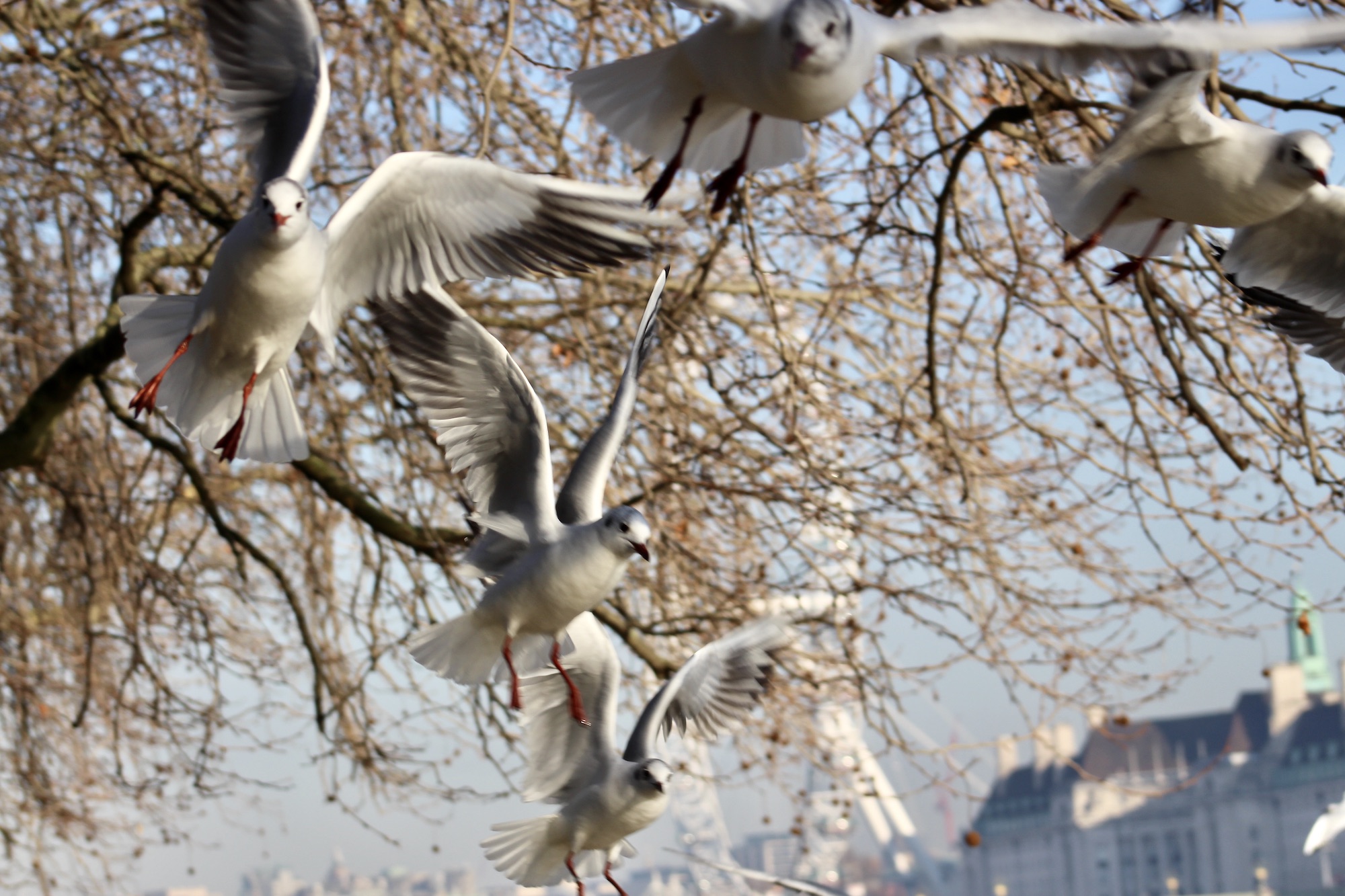
Bright flights of angels
Bright flights of angels…
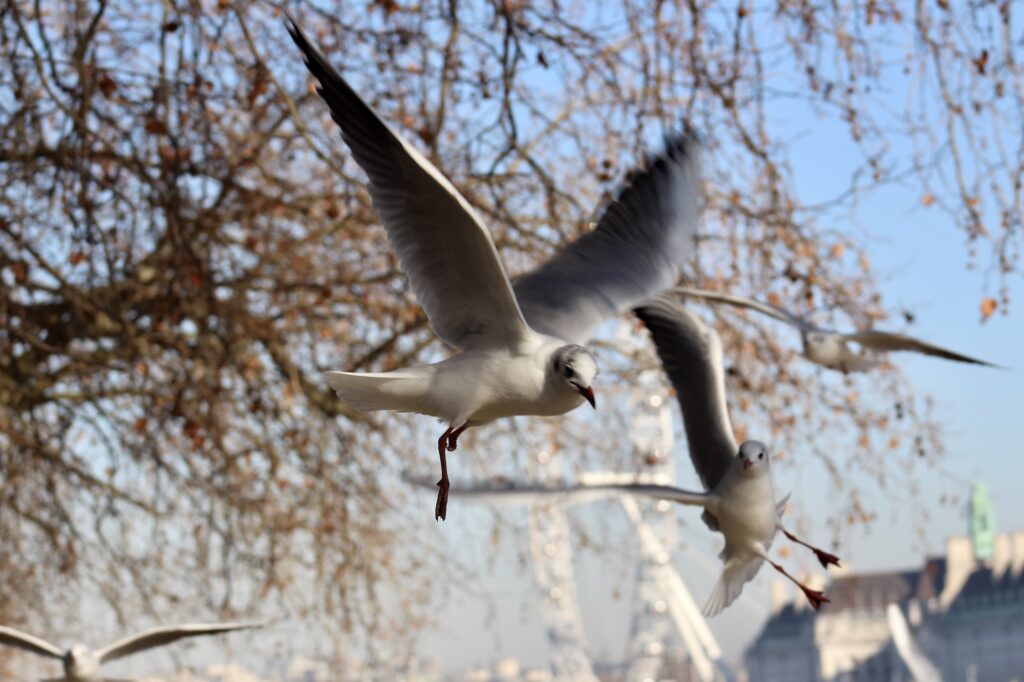
…swerve, soar,
dart and dive.
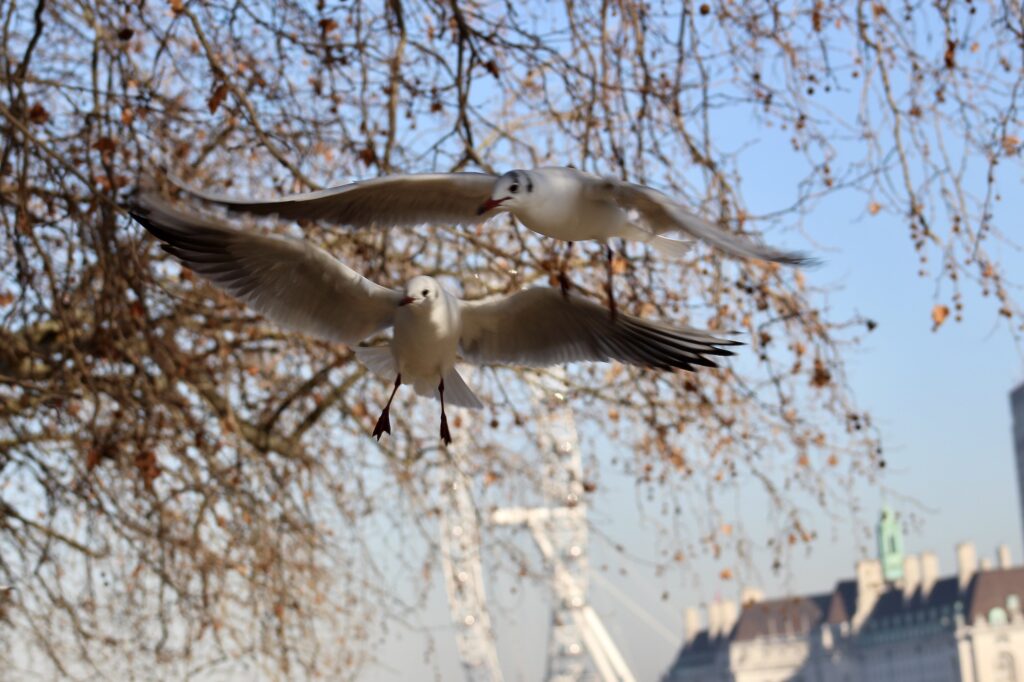
Feather fans flutter…
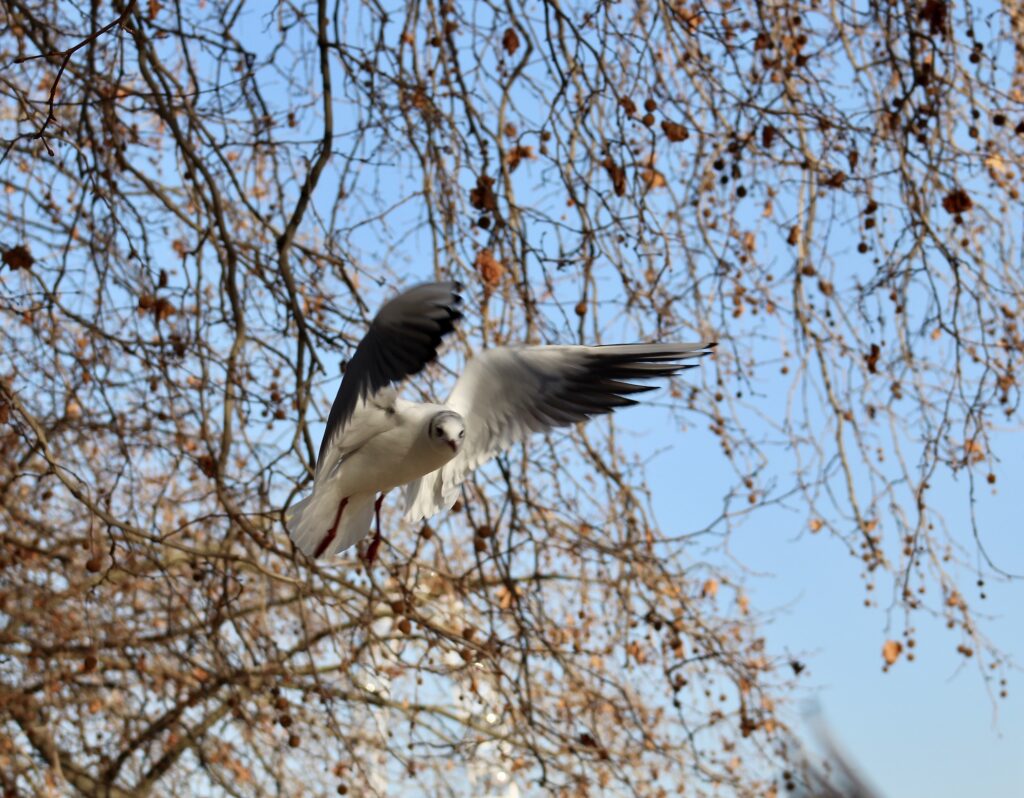
…hover hopefully…
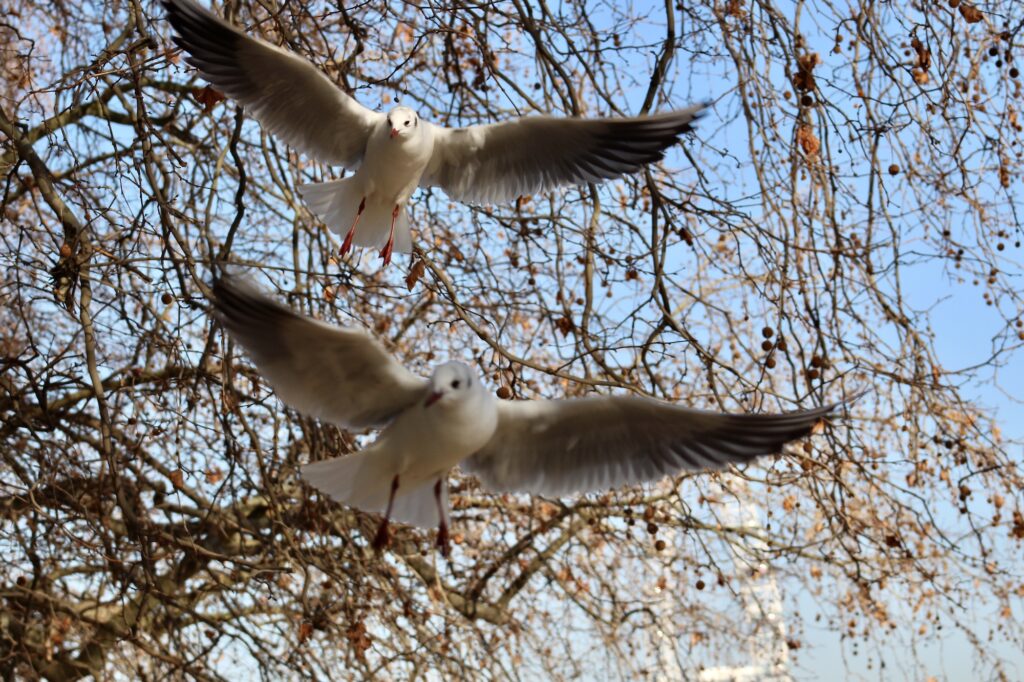
…needle beaks agape.
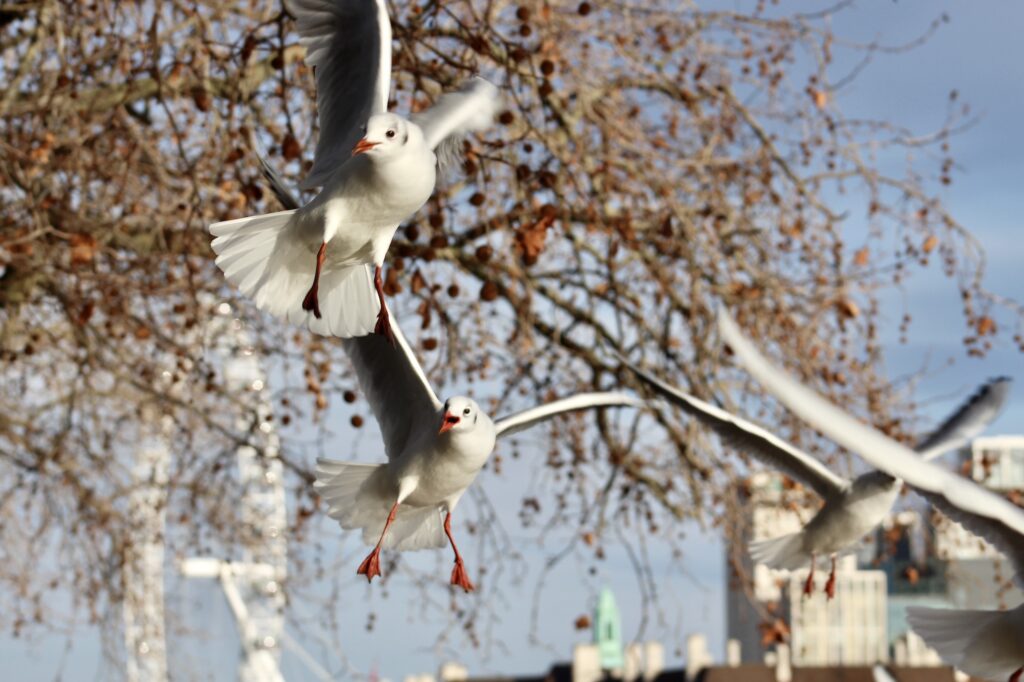
Bright flights of angels…
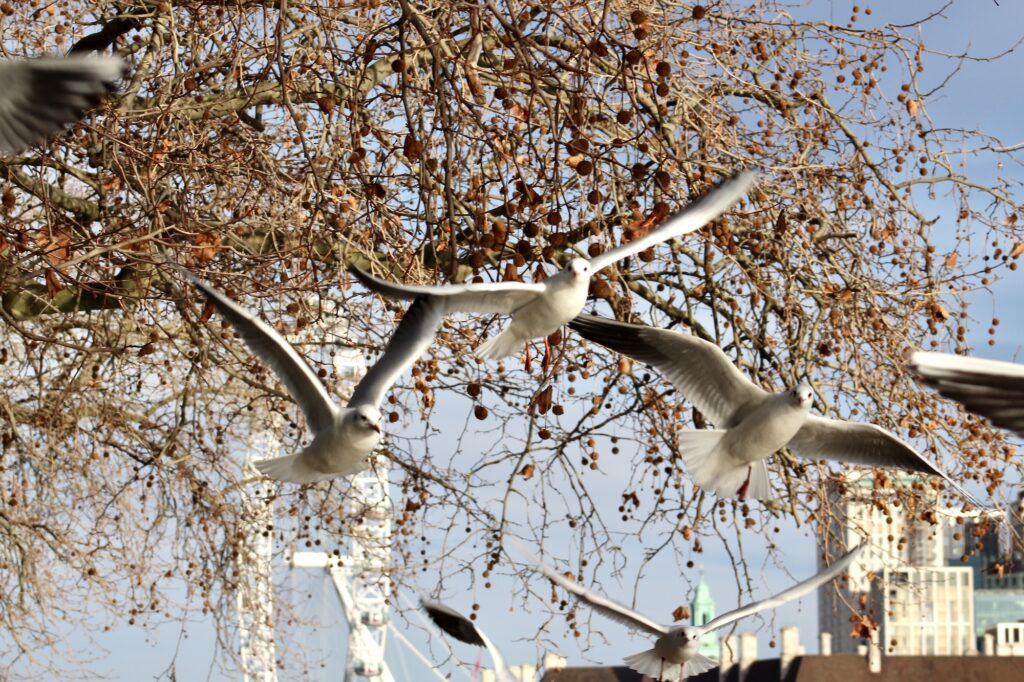
…lost souls of sailors from the sea…
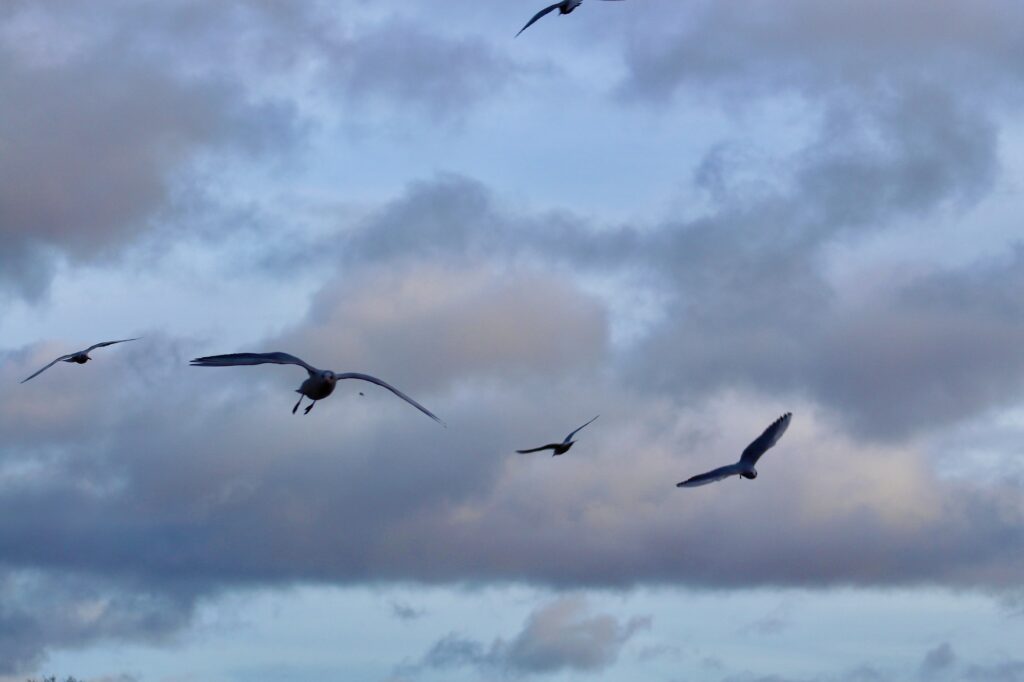
***********************

Bright flights of angels
Bright flights of angels…

…swerve, soar,
dart and dive.

Feather fans flutter…

…hover hopefully…

…needle beaks agape.

Bright flights of angels…

…lost souls of sailors from the sea…

***********************
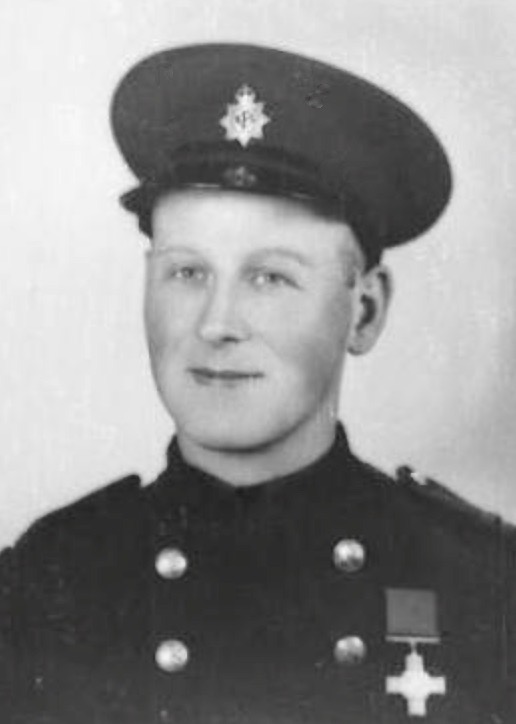
New, ultra-modern Fire Rescue boat ERRINGTON was welcomed into the London Fire Brigade’s Thames fleet on September 1st, 2022. She joins fire rescue boat TANNER, bringing Lambeth River Station up to full strength.
Crewed by an officer and four firefighters, they cover the Thames from Hampton Court to the Dartford Crossing, dealing with fire emergencies, rescuing and towing vessels in difficulty, as well taking people or animals to safety. They have a top speed of 45 knots or 51 mph, twice the speed of the older boats FIRE DART and FIRE FLASH. They are flat-bottomed allowing greater manoeuvrability in shallow waters, and have the latest available equipment, including two water monitors that can be operated remotely and capable of pumping 2,500 litres of water a minute.
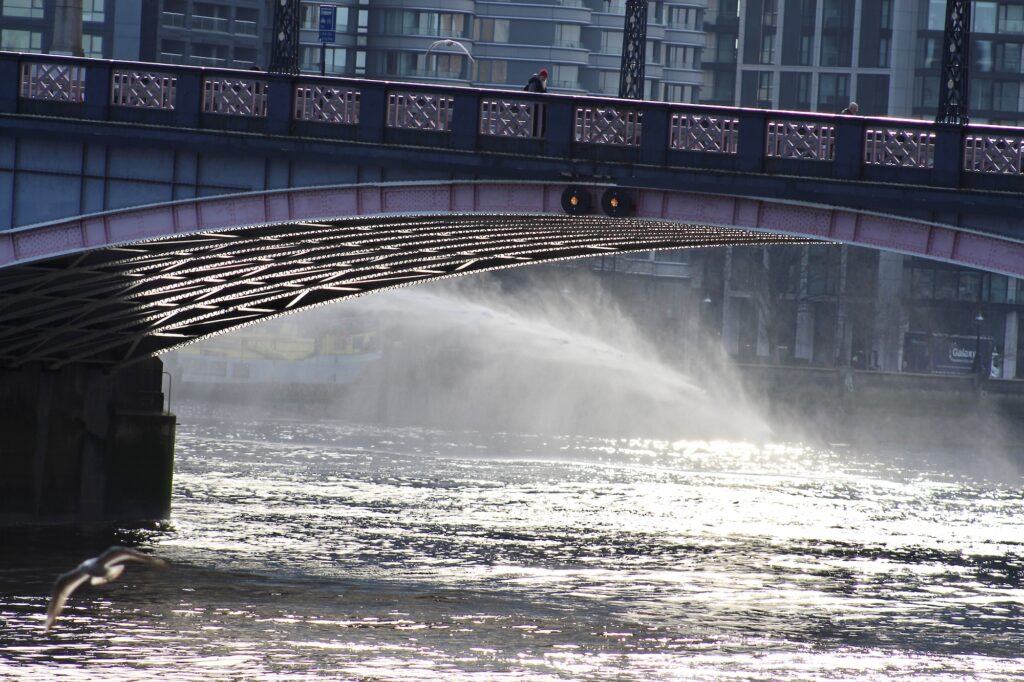
ERRINGTON is named after Harry Errington, who was awarded the George Cross in World War II for his exceptional bravery during the Blitz.
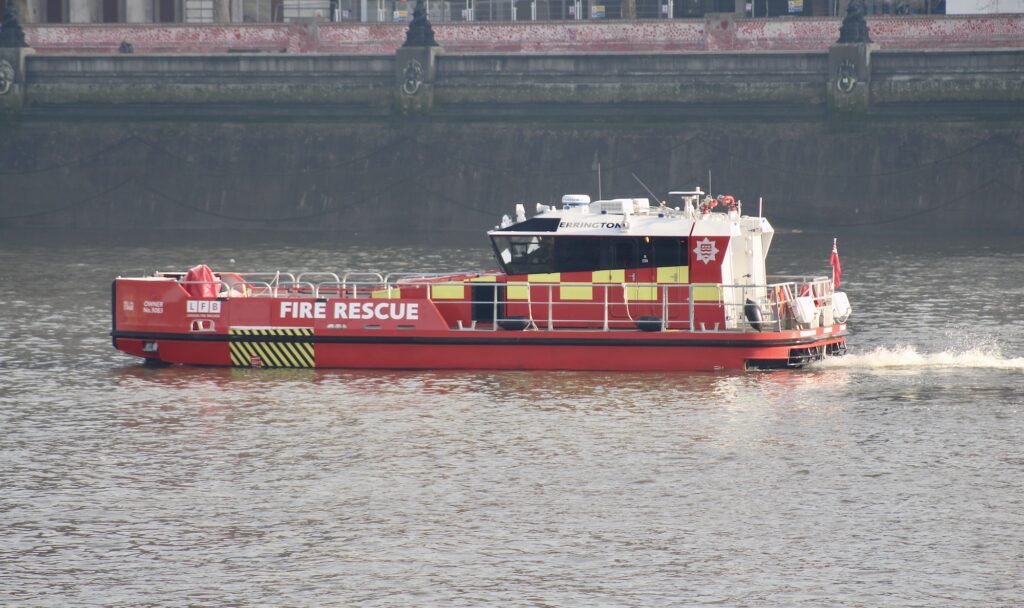
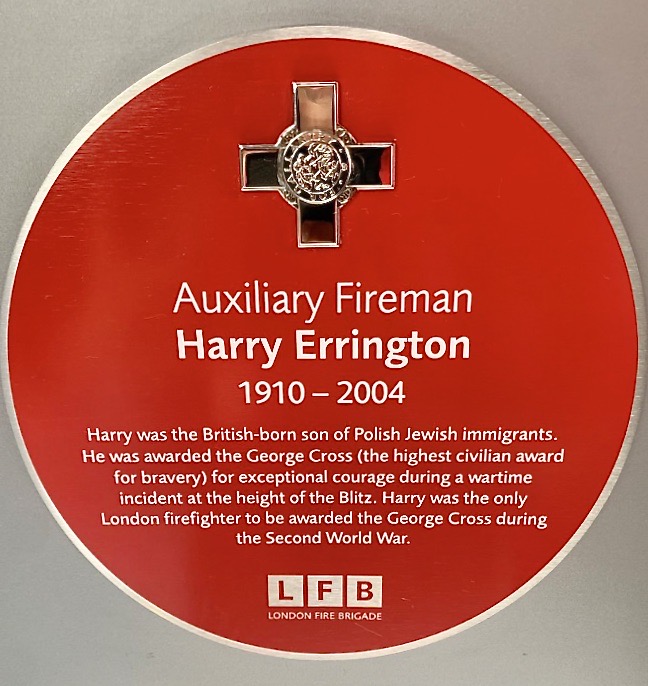
Harry Errington was awarded his George Cross by King George VI on October 21, 1941. He was the only London firefighter to win this highest of civilian awards for ‘exceptional courage’. At the end of his citation in The London Gazette comes the commendation for his award: “He showed great bravery and endurance in effecting the rescue at the risk of his own life.”
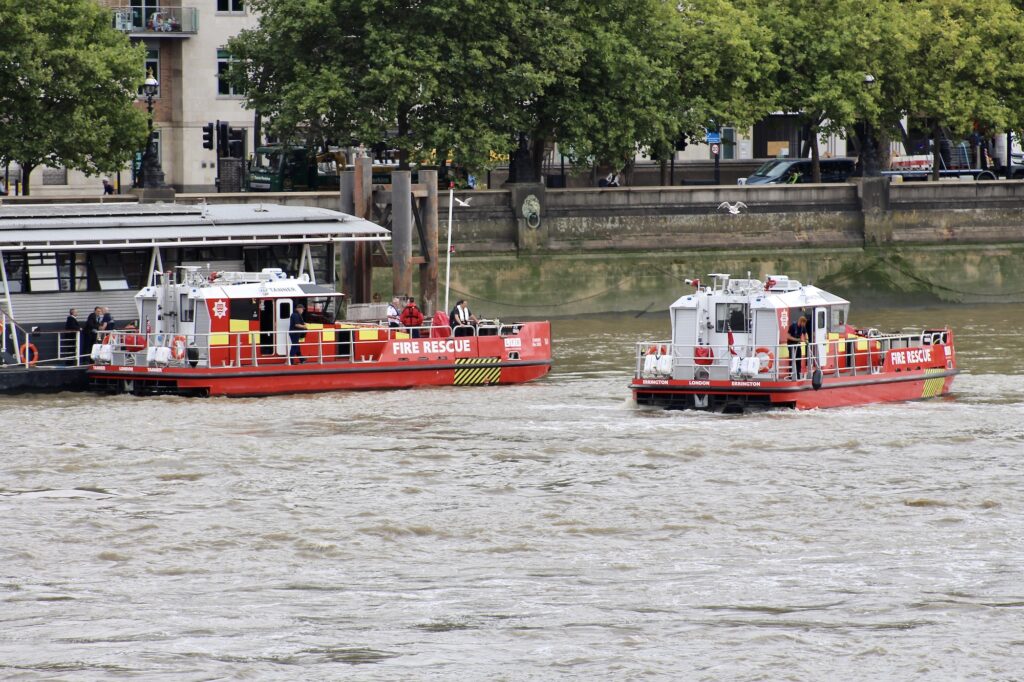
As the threat of war came ever closer, the Auxiliary Fire Service was formed in 1938 to provide extra support for the London Fire Brigade. Its members, all volunteers, had daytime civilian jobs. Harry Errington worked in his uncle’s tailoring business becoming a ‘master cutter’.
The Supplement to the London Gazette of August 5, 1941 gives, details of the bomb blast where Errington’s selfless courage earned him the George Cross. “High explosive and incendiary bombs demolished the building” where he was sheltering, killing a number of civilians on the upper floors, including seven firemen. However Errington and two other Auxiliary Firemen were in the basement still alive, though two, Terry and Hollingshead, were in a bad way, pinned to the ground by fallen rubble. “A fierce fire broke out and the trapped men were in imminent danger of being burnt to death. The heat of the fire was so intense that Errington had to protect himself with a blanket. After working with his bare hands for some minutes he managed to release the injured men and dragged them from under the wreckage and away from the fire. […] At the same time burning debris was was falling into the basement and there was considerable danger of a further collapse of the building. He carried one of the men up a narrow stone staircase partially choked with debris, into the courtyard, made his way through an adjoining building and thence into the street. Despite the appalling conditions and although burned and injured, Errington returned and brought out the second man.”
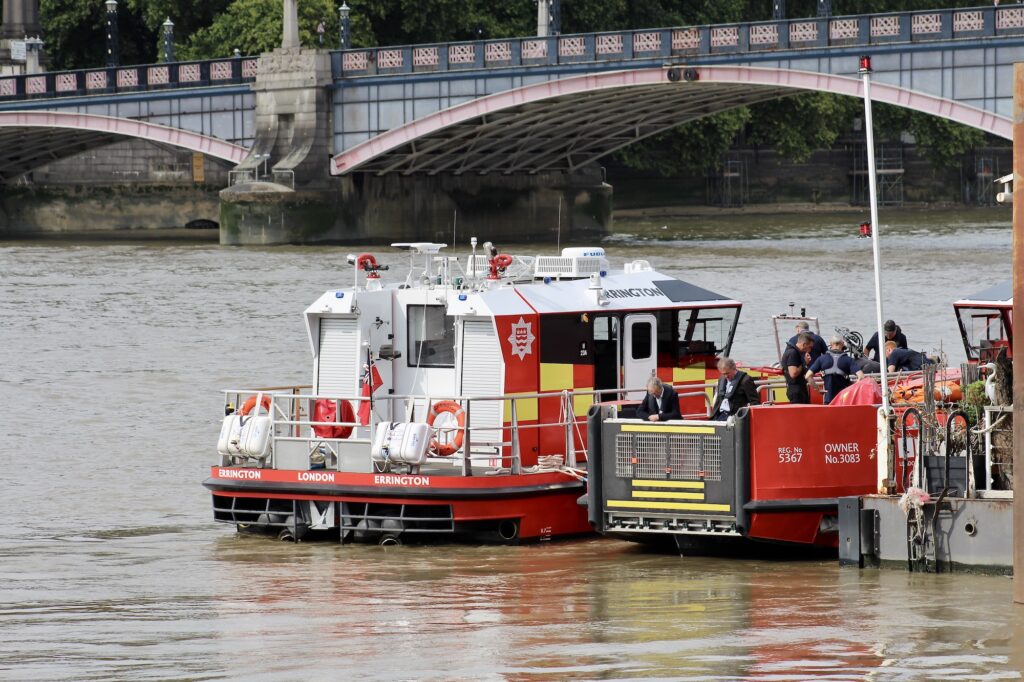
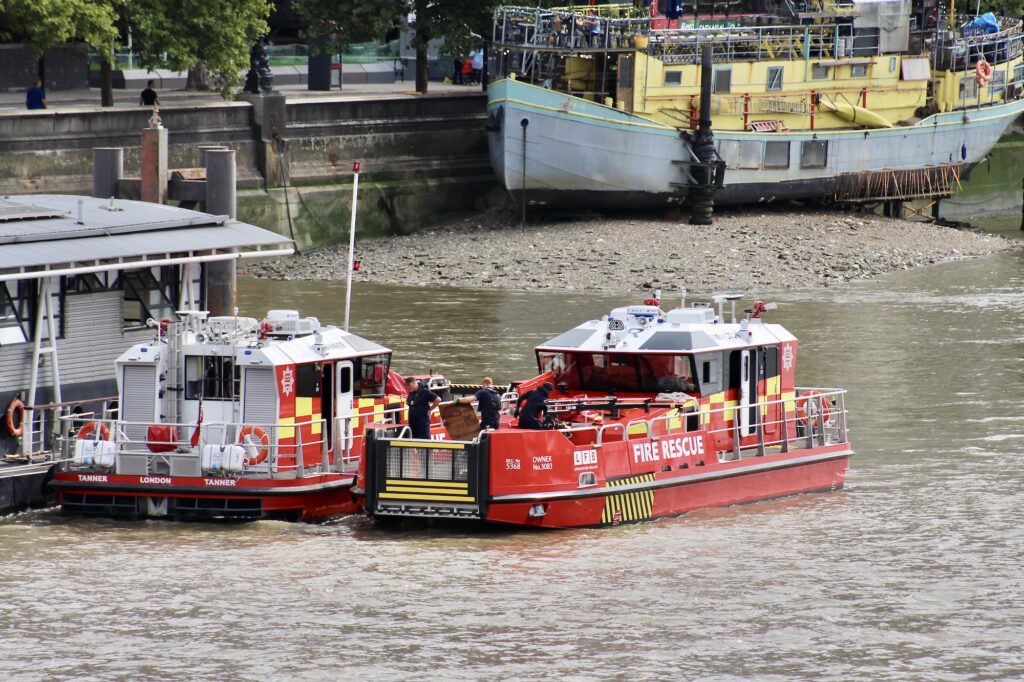
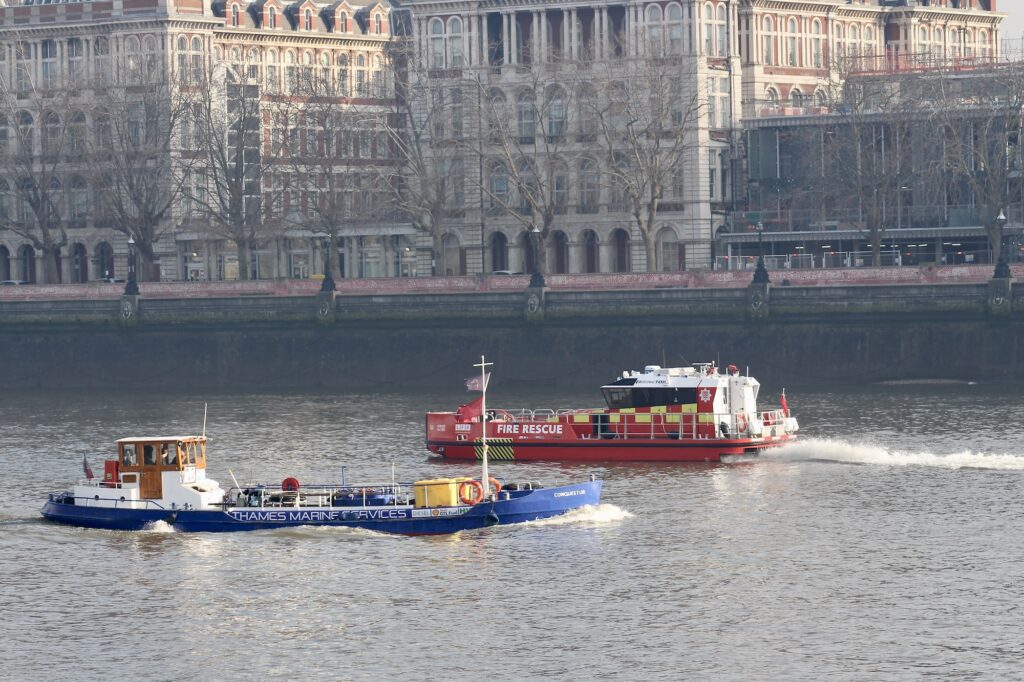
The Jewish Museum** in London fills in the later details of Harry Errington’s life: He remained with the family firm until his retirement in 1992, which by this time had grown from a small business to a Saville Row firm.***
A great basketball enthusiast he coached amateur teams and promoted the game, eventually becoming Vice-President of the UK Amateur Basketball Association. As a young man he “had been involved in the management of the basketball competition at the 1948 Olympic Games”, when London stepped in at short notice to save the event, postponed twice during the Second World War. Over the years, Harry remained in contact with the men he had saved and their families, and he often visited his local Soho fire station where he was given a party for his 90th birthday. It was a proud moment for him when the Fire Services College at Moreton-in-Marsh, Gloucestershire, named a road after him.
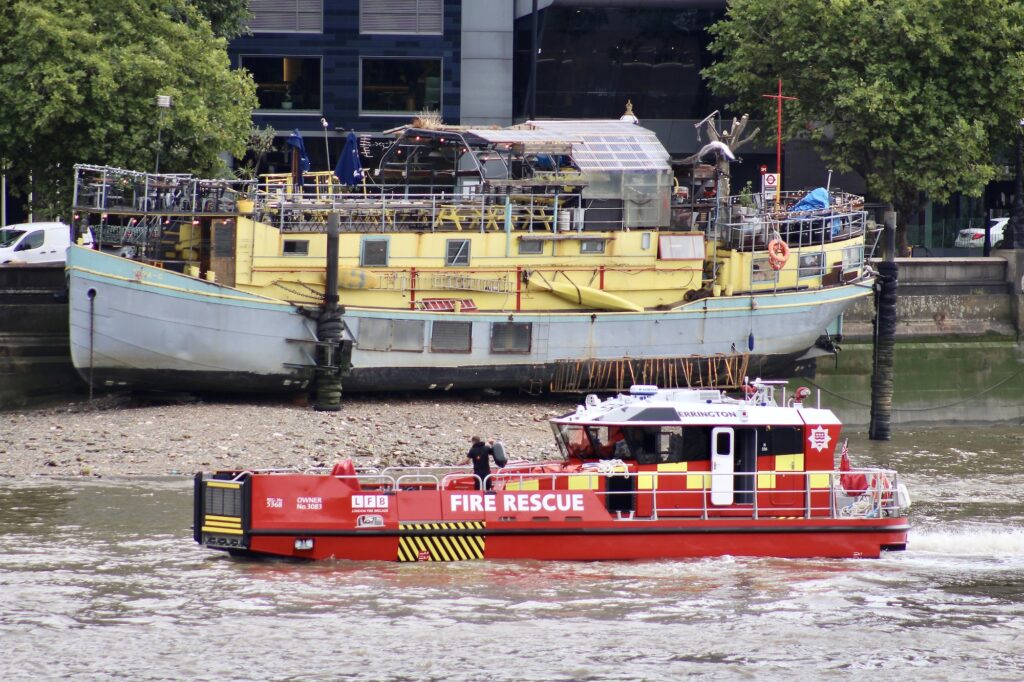
Harry Errington died in December, 2004 and Michael, a volunteer at the Jewish Museum describes in a tribute film dated November 12, 2020, how he went to Harry’s funeral service and was surprised to see four fire engines in the car park. He was clearly moved by rows of serving firemen lining the route from the Prayer House to the graveside after the service. He adds: “The Fire Service never forgot Harry Errington”. And the naming of a new Thames Fire Rescue boat after him is further proof of that.
The fireboats alert to all that happens along the river, work and share information with the Police and the RNLI so that when needed they can co-ordinate their response to a particular incident.
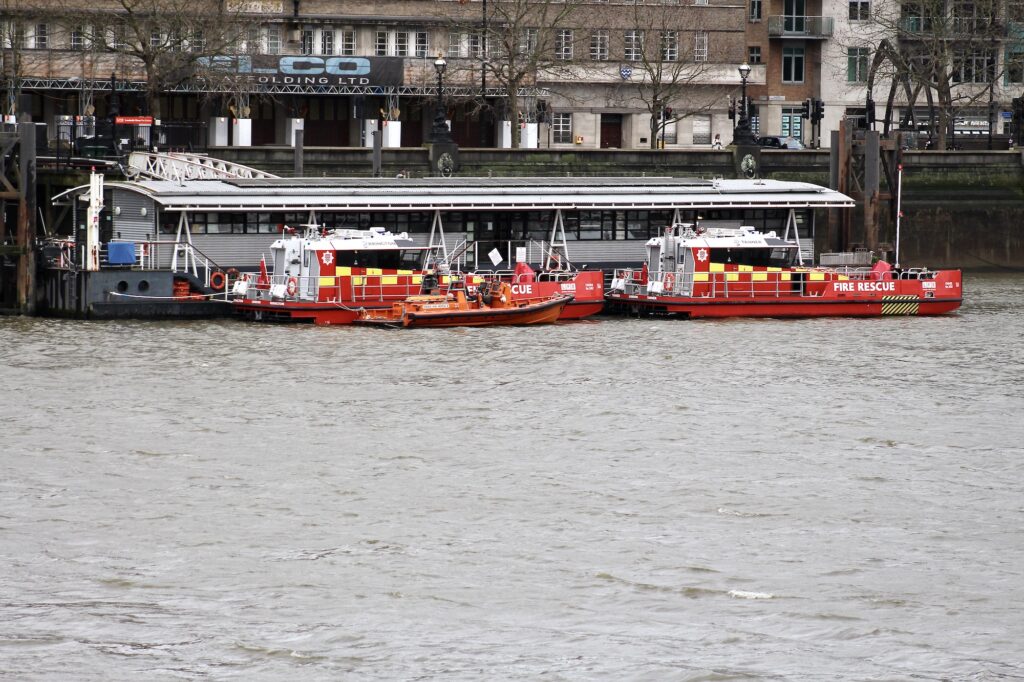
Harry Errington was without a doubt, “strong and of good courage” as enduring injuries and risking his own life, he rescued his colleagues from certain death. His name will live on in a fireboat that will undoubtably save more lives in the future.
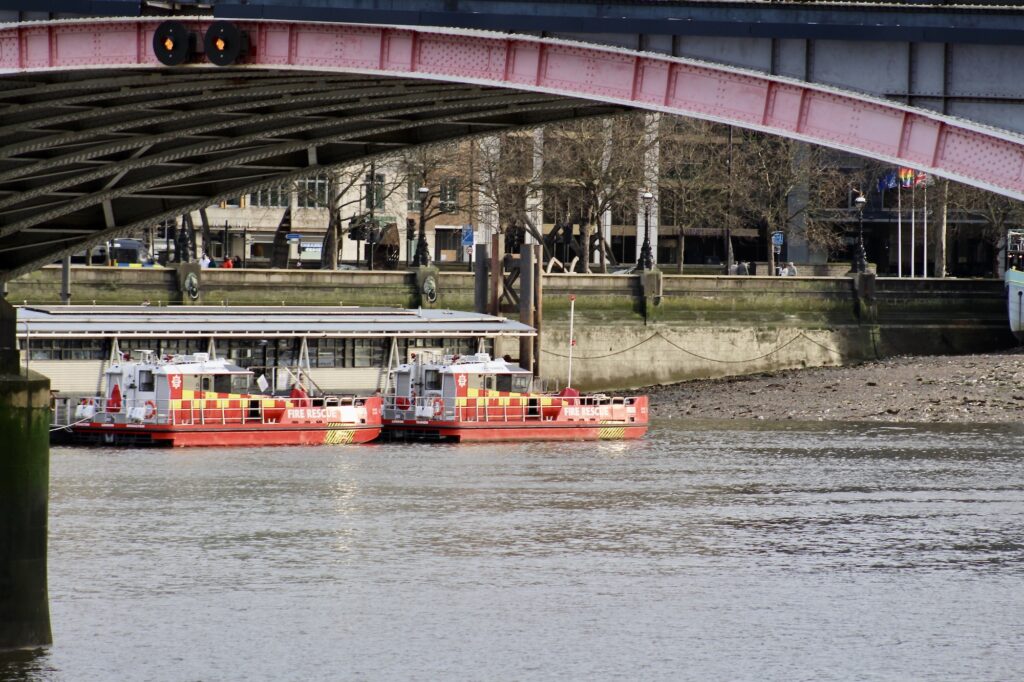
********************************************
Sources and further information
*This photograph of Harry Errington is widely available on the internet but I have not been able to ascertain copyright.
**Article on Harry Errington, GC, The Jewish Museum, London.
See Jewish Museum volunteer Michael’s film tribute to Harry Errington here.
Article on Harry Errington in The Jewish Virtual Library.
***Taken from Andrew Knighton’s quotes from Gordon Brown: Wartime Courage, Bloomsbury, 2008.
Fire Brigade Stories ‘The London Blitz’ – a vivid description of the night Harry Errington saved his two colleagues.
New LFB Fireboats.
LFB’s new Fireboats welcomed.
LFB Excellent Online Exhibition: ‘The History of Lambeth River Station, from barge to boat.’
Supplement to The London Gazette of Tuesday 5th August, 1941, Friday 8th August, 1941.
Thanks to @MYPersonalTrai5 for photograph of Harry Errington’s plaque on the fireboat named after him.
All other images ©Patricia Stoughton